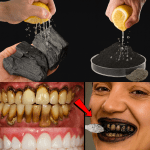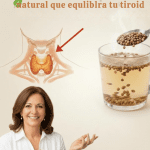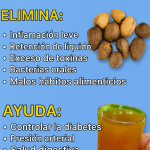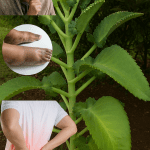Imagine this: you’re sipping coffee in your cozy kitchen when a tiny ant parade marches across your counter. Or worse, a cockroach skitters across your bathroom floor in the dead of night. Maybe it’s the faint sound of a mouse rummaging through your pantry that sends a shiver down your spine. These uninvited guests don’t just disrupt your peace—they threaten your home’s hygiene, damage your property, and can even pose health risks. Most people reach for toxic sprays, traps, or expensive pest control services, but what if the solution to your pest woes is already sitting in your bathroom? Yes, ordinary toothpaste—especially the minty kind—might just be the unexpected hero you need to keep ants, cockroaches, and mice at bay.
This isn’t just a quirky hack—it’s a clever, budget-friendly way to tackle minor pest problems while keeping your home safe and chemical-free. In this guide, we’ll dive into why toothpaste could be your new go-to pest deterrent, how to use it effectively, and other natural tricks to fortify your home against invaders. Get ready to transform a daily essential into a pest-fighting powerhouse and reclaim your space!
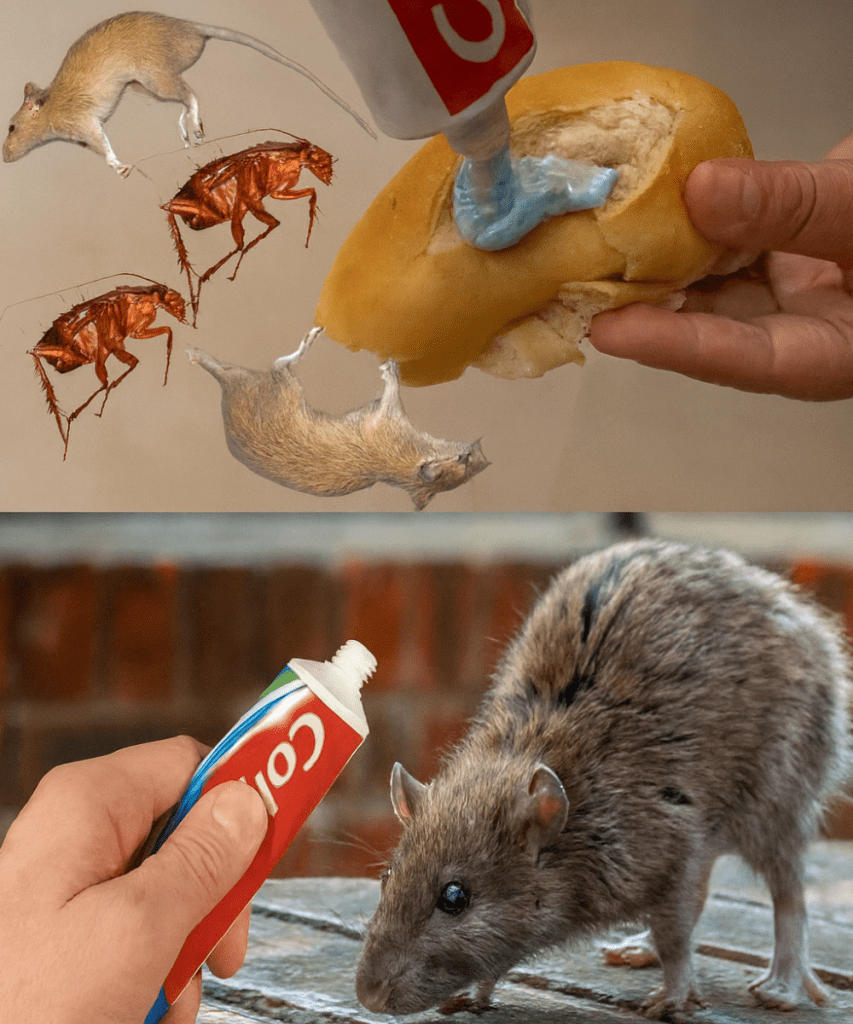
Why Pests Are More Than Just a Nuisance
Pests aren’t just annoying—they’re a genuine threat to your home and health. Mice, cockroaches, and ants can turn your sanctuary into a battleground, leaving behind more than just frustration. The Centers for Disease Control and Prevention (CDC) warns that these critters can carry bacteria, allergens, and parasites, increasing the risk of foodborne illnesses and allergic reactions. Cockroach droppings, for instance, are notorious for triggering asthma in sensitive individuals, while mice can chew through electrical wires, creating fire hazards. Even ants, though small, can contaminate food and weaken wooden structures over time by carving out hidden tunnels.
Beyond health risks, pests wreak havoc on your home. Picture this: a trail of ants invading your pantry, cockroaches nesting under your sink, or mice gnawing through your walls. These issues lead to costly repairs, spoiled food, and sleepless nights. Even the cleanest homes aren’t immune—pests are relentless, sneaking through tiny cracks or following the faintest scent of food. That’s why finding affordable, safe, and effective solutions is crucial for every homeowner.
🦷 The Surprising Science Behind Toothpaste as a Pest Deterrent
At first glance, using toothpaste to fend off pests might sound like an old wives’ tale. But there’s a reason this hack has gained traction among savvy homeowners. The secret lies in the ingredients found in most mint-flavored toothpastes, particularly peppermint oil and menthol. These compounds create a potent aroma that pests like mice, ants, and cockroaches find overwhelming.
For ants, the strong minty scent disrupts their pheromone trails—the invisible paths they use to navigate to food sources. Mice, with their ultra-sensitive noses, are repelled by intense odors like menthol, which overpower the tempting smells of your pantry. Cockroaches, though notoriously tough, also tend to avoid areas with strong, unpleasant scents. Plus, the sticky texture of toothpaste can act as a mild physical barrier, making it harder for crawling pests to cross treated areas. While toothpaste isn’t a pesticide, its unique properties make it a surprisingly effective deterrent for small-scale infestations or as a preventive measure.
🐜 How to Use Toothpaste to Repel Ants
Ants are tiny but persistent, marching in neat rows to raid your kitchen or pantry. The good news? Toothpaste can help stop them in their tracks. Here’s how to use it:
- Locate Entry Points: Check for cracks, window sills, or baseboards where ants sneak in. These are your target zones.
- Apply Mint Toothpaste: Squeeze a thin line of mint-flavored toothpaste along these entry points or directly on ant trails. The strong scent will confuse their navigation system.
- Reapply Regularly: Refresh the toothpaste daily or after cleaning to maintain the scent barrier.
Pro Tip: For an extra boost, mix a small amount of toothpaste with baking soda and place the mixture on small pieces of paper near ant trails. The baking soda adds an abrasive element that ants dislike, enhancing the deterrent effect. This simple trick can disrupt their march and keep your counters ant-free.
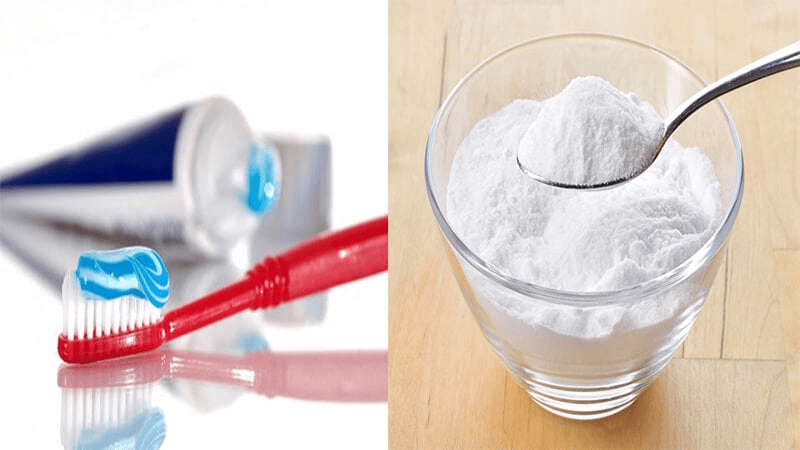
🪳 Tackling Cockroaches with Toothpaste
Cockroaches are the stuff of nightmares—resilient, fast, and seemingly indestructible. While toothpaste won’t kill them, it can help keep them away from key areas of your home. Try this method:
- Create a Bait Mixture: Mix a small amount of mint toothpaste with sugar and flour. The sugar attracts cockroaches, while the minty smell repels them.
- Place Strategically: Put the mixture on a piece of cardboard in high-traffic cockroach zones, like under sinks, behind appliances, or in dark corners.
- Monitor and Refresh: Check the bait regularly and replace it every few days to keep the scent strong.
This approach works as a deterrent, not a permanent solution. It’s best used alongside other preventive measures, like sealing cracks and keeping surfaces clean, to make your home less inviting to these creepy crawlers.
🐁 Keeping Mice at Bay with Toothpaste
Mice are stealthy invaders, squeezing through tiny gaps and leaving chaos in their wake. Their keen sense of smell makes them vulnerable to strong odors like mint. Here’s how to use toothpaste to deter them:
- Target Suspected Areas: Apply mint toothpaste along cupboard edges, near holes, or at suspected entry points like baseboards or vents.
- Refresh Frequently: Reapply every few days to ensure the scent remains potent.
- Combine with Other Tactics: For lasting results, pair this method with sealing entry points using steel wool or caulk to block mice entirely.
This toothpaste trick is a quick way to discourage mice from lingering, giving you time to implement more permanent solutions.
⚠️ Safety First: Using Toothpaste Wisely
While toothpaste is a household staple, using it for pest control requires some caution to keep your home safe:
- Protect Pets: Avoid placing toothpaste where pets might lick it, as some formulas contain xylitol, which is toxic to dogs.
- Avoid Food Surfaces: Never apply toothpaste on counters or areas where food is prepared to prevent contamination.
- Keep Out of Reach: Store toothpaste mixtures away from children, especially those with added ingredients like sugar or baking soda.
- Use as a Supplement: Toothpaste is a short-term fix, not a cure. For severe infestations, professional help is essential.
By following these precautions, you can harness the power of toothpaste without compromising safety.
🌿 Other Natural Pest Control Hacks to Try
Toothpaste is just the beginning. Combine it with these natural remedies to create a pest-repelling fortress:
- Peppermint Oil Spray: Mix 10–15 drops of peppermint essential oil with water in a spray bottle. Mist doorways, baseboards, and other entry points for a refreshing, pest-repelling barrier.
- Vinegar Solution: Combine equal parts water and vinegar to wipe down surfaces and disrupt ant scent trails. It’s a natural cleaner and deterrent in one.
- Bay Leaves or Cloves: Place these spices in pantry corners to keep weevils and roaches at bay. Their strong aroma is a natural turn-off for pests.
- Cucumber Peels: Scatter fresh cucumber slices in areas prone to ants. The bitter compounds in the peels act as a natural repellent.
These methods are eco-friendly, affordable, and easy to implement, making them perfect for homeowners looking to avoid harsh chemicals.
🛠️ When to Call in the Pros
While toothpaste and other natural remedies are great for minor pest issues, they’re not a substitute for professional intervention in severe cases. If you notice any of these red flags, it’s time to call a pest control expert:
- Pests appearing frequently, even during the day.
- Damage to food packaging, furniture, or household items.
- Scratching or rustling noises in walls, especially at night.
- Droppings, nests, or strong odors indicating a hidden infestation.
Professionals can identify hidden entry points, eliminate nests, and address underlying issues like dampness or food sources that attract pests. Don’t let a small problem spiral into a full-blown invasion—act fast for peace of mind.
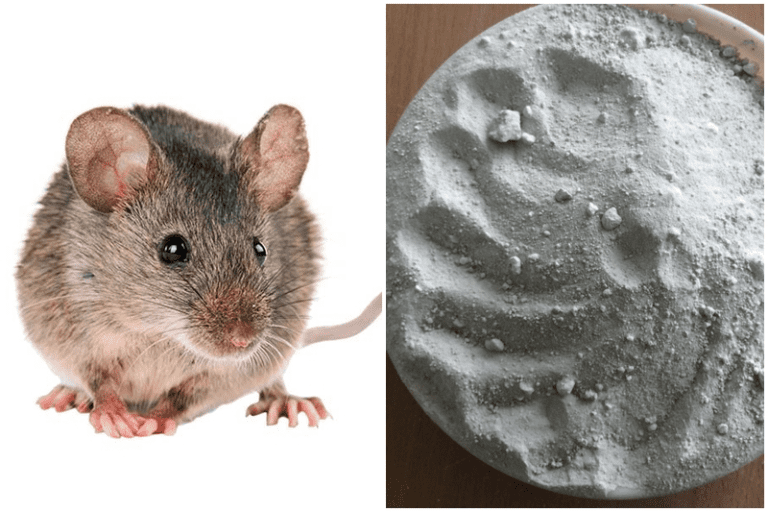
✨ Final Thoughts: A Smarter Way to Fight Pests
Who would’ve thought that the toothpaste you use every day could double as a pest-fighting tool? Its minty scent, sticky texture, and ready availability make it an ingenious solution for keeping ants, cockroaches, and mice at bay. While it’s not a replacement for professional pest control, it’s a fantastic first line of defense for minor issues or as a preventive measure.
To maximize results, pair the toothpaste trick with good habits: seal cracks, store food in airtight containers, and keep your home clean and dry. These steps create an environment that pests can’t stand. Next time you spot an ant trail or hear a mouse scurrying, don’t rush to the store for expensive poisons—grab your toothpaste and fight back the smart way.
Have you tried this hack or other natural pest remedies? Share your success stories with friends and neighbors to help them save time, money, and stress. With a little creativity and the right tools, you can keep your home pest-free and enjoy the peace you deserve!
Word count: 1342

